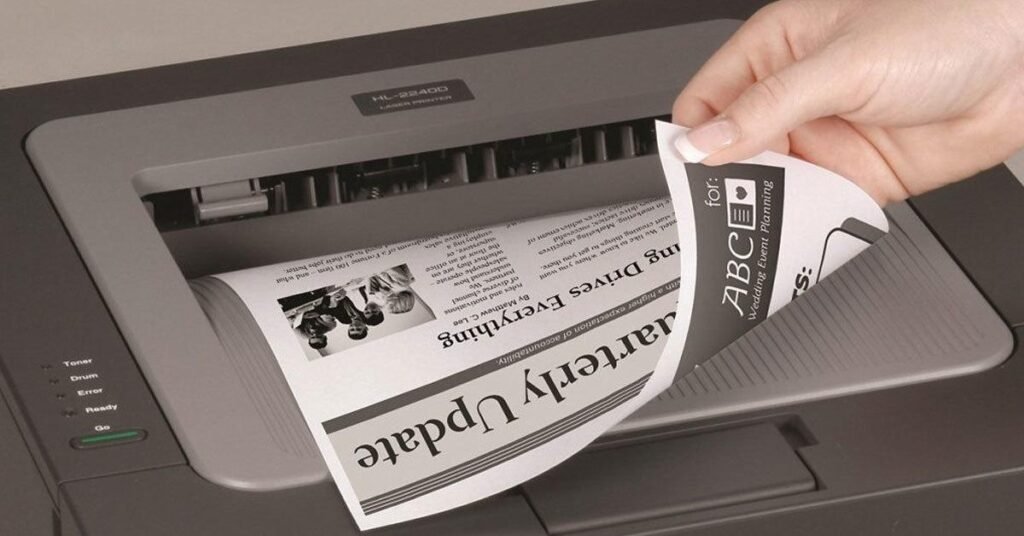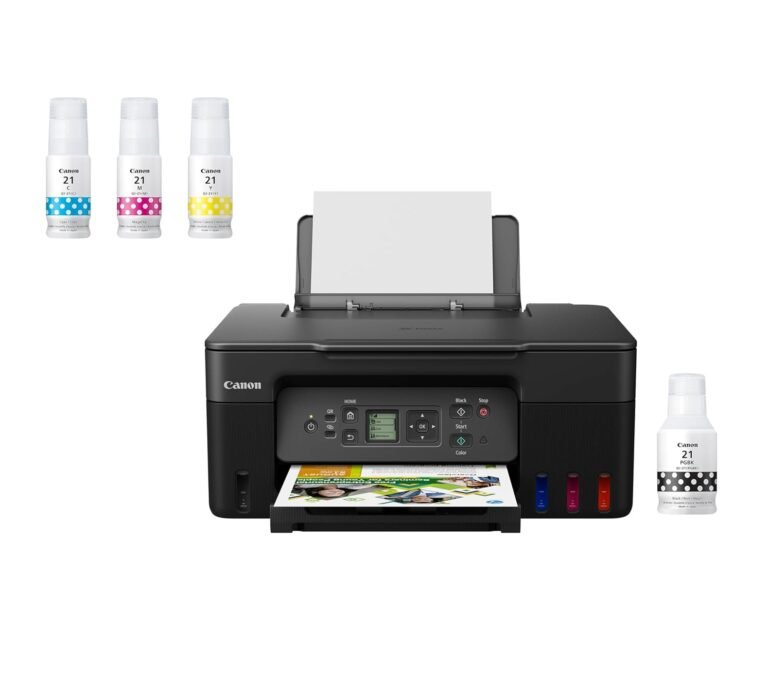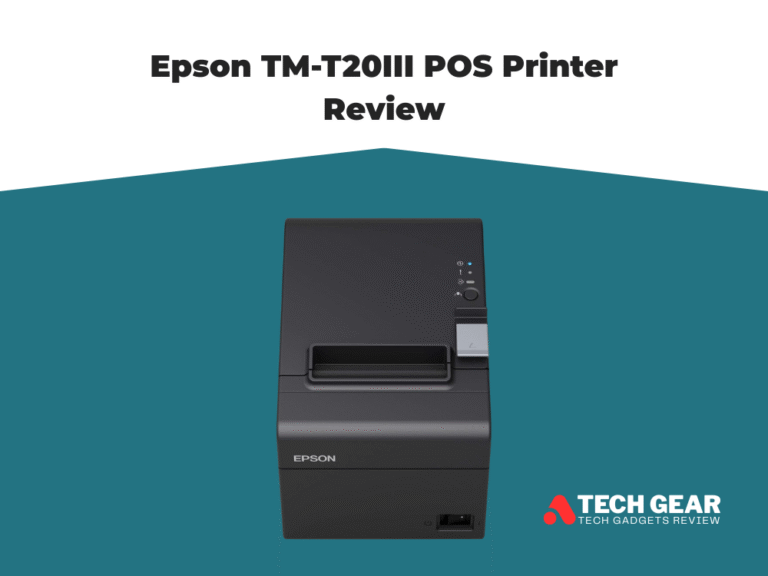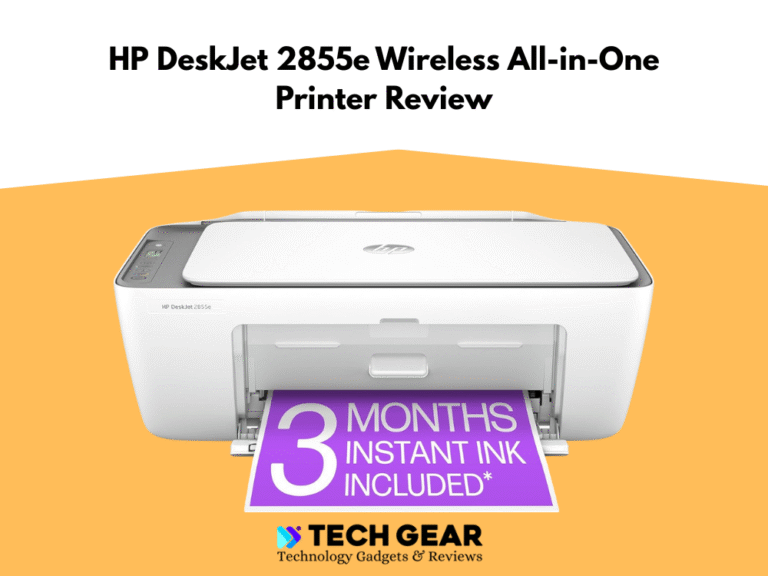What is Duplex Printing? Benefits Of Auto-Duplex Features
What is Duplex Printing? In the realm of modern printing technology, efficiency and convenience are paramount. Imagine a scenario where you no longer need to manually flip pages to print on both sides, where your printing tasks are streamlined, and your resources are conserved. This is where auto-duplex printing features step in, revolutionizing the way we print documents, photos, and more—especially for users looking to print double-sided pages efficiently and reduce waste.
Benefits Of Auto-Duplex Printing Features

In this comprehensive guide, we delve into the world of auto-duplex printing, exploring its definition, benefits, practical applications, and tips for optimizing its use. Whether you’re a business professional looking to enhance productivity or a home user seeking convenience, understanding auto-duplex printing is essential for maximizing your printing experience. Join us as we uncover the advantages and intricacies of this innovative printing feature, and learn how to leverage it effectively in your daily printing tasks.
Understanding Duplex Printing
Automatic double-sided printing, also known as auto-duplex (as seen on HP), is a feature integrated into modern printers that allows content to be printed on both sides of a single sheet—without manual flipping. This innovation marks a notable upgrade from older methods that required users to reload paper manually.
- Definition of Duplex Printing:
- Duplex printing refers to outputting on both sides of the page, commonly used in offices for eco-friendly printing and to conserve paper.
- Evolution to Automatic Two-Sided Printing:
- Traditional methods involved manually feeding the sheet back into the printer, which was time-consuming and error-prone.
- The automated version removes this hassle by flipping the sheet internally and completing the job in one continuous pass.
- How It Works:
- This feature relies on internal mechanisms to rotate or refeed the paper for back-side printing.
- Printer software ensures both sides align correctly, managing image registration and layout automatically.
- Built-in sensors detect positioning and orientation, making adjustments where needed for clean, accurate output.
- Depending on the model, it may use motorized paper flipping, dual print heads, or a hybrid system to complete the task.
This hands-free approach provides clear advantages over manual duplexing—saving time, minimizing paper waste, and offering a smoother overall experience. In the next section, we’ll break down those benefits in greater detail.
May You Like: What is the difference between ADF and duplex?How to Use Duplex Printing?
Auto-duplex printing simplifies the process of printing double-sided documents by automating the entire procedure. Here’s a step-by-step guide on how to use auto-duplex printing effectively:
- Check Printer Compatibility:
- Ensure that your printer supports auto-duplex printing. Refer to the printer’s specifications or user manual to confirm its duplex printing capabilities.
- Prepare Your Document:
- Open the document you wish to print on your computer. Ensure that the document is formatted correctly and ready for printing.
- Access Printer Settings:
- Select “Print” from the file menu or press Ctrl + P (Cmd + P on Mac) to open the print dialog box.
- Adjust Print Settings:
- In the print dialog box, locate the printer settings or preferences option. Look for a setting related to duplex printing or double-sided printing.
- Select the option for “Auto-Duplex” or “Two-Sided Printing” depending on how it’s labeled in your printer’s settings.
- Choose Print Options:
- Configure any additional print options such as paper size, orientation, and print quality according to your preferences.
- Ensure that the paper type selected in the print settings matches the type of paper loaded in the printer tray.
- Preview and Print:
- Before printing, preview the document to verify that it appears correctly in the print preview window. Make any necessary adjustments if needed.
- Once you’re satisfied with the preview, click the “Print” button to initiate the printing process.
- Monitor Printing Progress:
- Keep an eye on the printer as it prints the document. The printer will automatically flip the paper and print the second side of each page.
- Avoid interrupting the printing process until it is complete to ensure consistent and accurate results.
- Retrieve Printed Documents:
- Once the printing is finished, carefully retrieve the printed documents from the printer’s output tray.
- Check the printed documents to ensure that all pages are printed correctly and in the desired order.
By following these steps, you can easily use auto-duplex printing to print double-sided documents efficiently and hassle-free. Automatic two-sided printing streamlines the printing process, saving time, resources, and effort, while also producing professional-looking documents with ease.
Advantages of Auto-Duplex Printing
Auto-duplex printing offers several practical benefits, from saving money to supporting sustainability goals. Here’s how it helps:
-
Reduced Paper Consumption: By printing on both sides, you use up to 50% less paper—cutting down costs for both home users and businesses.
-
Lower Environmental Impact: Less paper use means fewer trees cut down and reduced energy consumption, making this a more eco-friendly printing choice.
- Cost Savings:
- Reduced Paper Consumption: Auto-duplex printing significantly reduces paper usage by printing on both sides of the paper. This translates to lower paper costs for businesses and individuals alike.
- Lower Environmental Impact: By conserving paper, auto-duplex printing contributes to environmental sustainability by reducing deforestation, energy consumption, and waste generation associated with paper production.
- Time Efficiency:
- Elimination of Manual Paper Flipping: Unlike manual duplex printing, which requires users to flip and re-feed paper into the printer, Automatic two-sided printing automates the entire process. This saves valuable time and minimizes user intervention.
- Increased Productivity: With auto-duplex printing, users can print double-sided documents quickly and efficiently, allowing them to focus on other tasks without being tied down by printing-related chores.
- Convenience:
- Simplified Printing Processes: Auto-duplex printing simplifies printing tasks by eliminating the need for users to manually configure settings or flip pages. This makes printing a hassle-free experience, especially for large documents or high-volume printing jobs.
- Enhanced User Experience: The seamless operation of Automatic two-sided printing enhances the overall user experience, making printing more convenient and enjoyable. Users can rely on the printer to produce professional-looking double-sided documents with ease.
- Professional Presentation:
- Polished Documents: Double-sided printing adds a professional touch to documents, presentations, and marketing materials. With auto-duplex printing, users can create polished, professional-looking materials without the hassle of manual duplex printing.
- Versatility:
- Suitable for Various Printing Needs: Automatic two-sided printing is suitable for a wide range of printing tasks, including reports, presentations, brochures, flyers, and more. Users can print double-sided documents in various formats and sizes, catering to diverse printing requirements.
Overall, auto-duplex printing offers significant advantages in terms of cost savings, time efficiency, convenience, professional presentation, and versatility. Whether in a business or personal setting, leveraging AD Printing technology enhances printing workflows and improves overall productivity.
Tips for Optimizing Duplex Printing
Optimizing auto-duplex printing ensures efficient use of resources and enhances printing quality. Here are some tips to help you make the most of this feature:
- Proper Paper Selection:
- Use paper labeled for duplex or double-sided printing—preferably 20–24 lb weight. This helps avoid jams and ensures your prints don’t bleed through.
- Consider Paper Thickness: Avoid using paper that is too thick or too thin, as it may affect the printer’s ability to feed paper smoothly during duplex printing. Consult your printer’s specifications for recommended paper thickness.
- Software Settings and Configuration:
- Enable Auto-Duplex Printing: Ensure that auto-duplex printing is enabled in your printer’s settings or print dialog box. Most modern printers have built-in duplex printing options that can be easily activated.
- Adjust Print Settings: Fine-tune print settings such as orientation, paper size, and print quality to optimize duplex printing results. Experiment with different settings to achieve the desired balance between print quality and speed.
- Maintenance and Care:
- Regular Maintenance: Keep your printer clean and well-maintained to prevent issues such as paper jams and print head clogs. Follow the manufacturer’s guidelines for routine maintenance tasks such as cleaning the paper path and replacing worn-out parts.
- Use Genuine Consumables: Invest in high-quality ink or toner cartridges and paper recommended by the printer manufacturer. Using genuine consumables ensures optimal print quality and reduces the risk of compatibility issues.
- Test Prints and Troubleshooting:
- Perform Test Prints: Before printing large batches of double-sided documents, conduct test prints to check for alignment, clarity, and any potential issues. Adjust print settings as needed to achieve the desired results.
- Troubleshoot Common Issues: Familiarize yourself with common duplex printing issues such as paper jams, misfeeds, and alignment errors. Learn how to troubleshoot these issues effectively to minimize printing disruptions.
- Printer Compatibility and Firmware Updates:
- Check Compatibility: Ensure that your printer is compatible with auto-duplex printing and supports duplex printing features. Refer to the printer’s specifications or user manual for compatibility information.
- Update Firmware: Regularly check for firmware updates for your printer and install them as needed. Firmware updates may include enhancements or fixes related to auto-duplex printing functionality.
By following these tips, you can optimize this feature and enjoy efficient, high-quality double-sided results. Experiment with different settings and techniques to find the best approach for your specific needs.
Conclusion
Automatic two-sided printing is a smart upgrade for any setup. It saves paper, reduces effort, and produces professional-looking documents—without the hassle of flipping pages manually. Whether at home or in the office, it’s a powerful tool for more efficient, eco-conscious output.
By automating the duplex process, this feature not only saves time and resources but also contributes to sustainability by minimizing paper waste. Businesses and individuals alike can appreciate the cost savings, increased efficiency, and overall convenience.
Whether you’re handling reports, presentations, marketing materials, or everyday documents, double-sided printing helps create polished, professional results—especially when you’re aiming for cost-effective and environmentally friendly solutions.
As technology evolves, this capability remains a valuable asset for streamlining workflows and boosting productivity. Embrace its potential, apply the strategies outlined in this guide, and unlock a smoother, smarter printing experience.
FAQs
duplex printing






